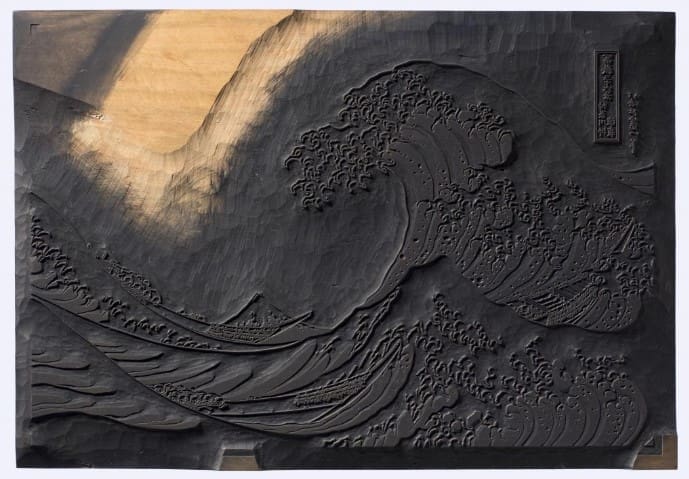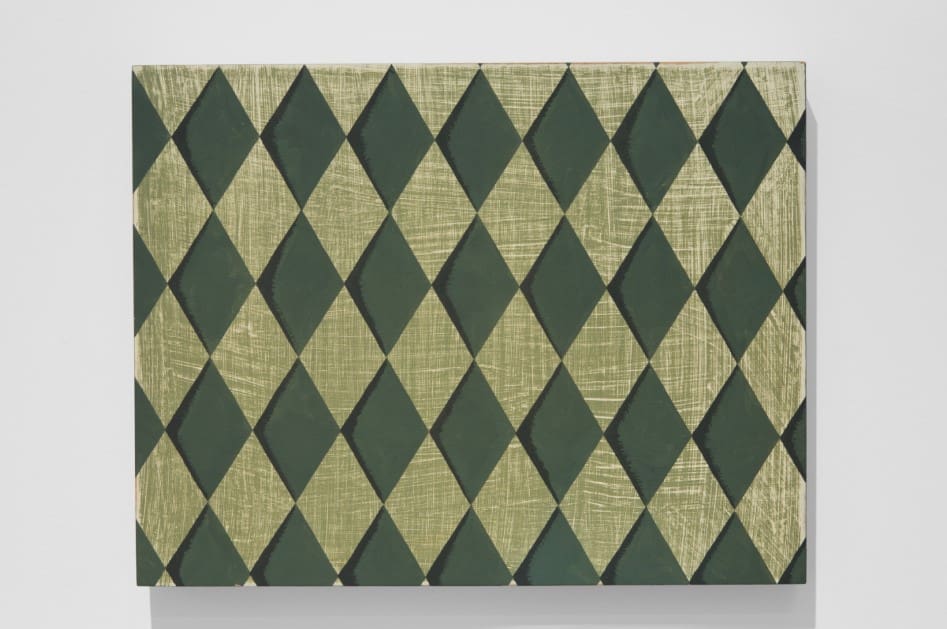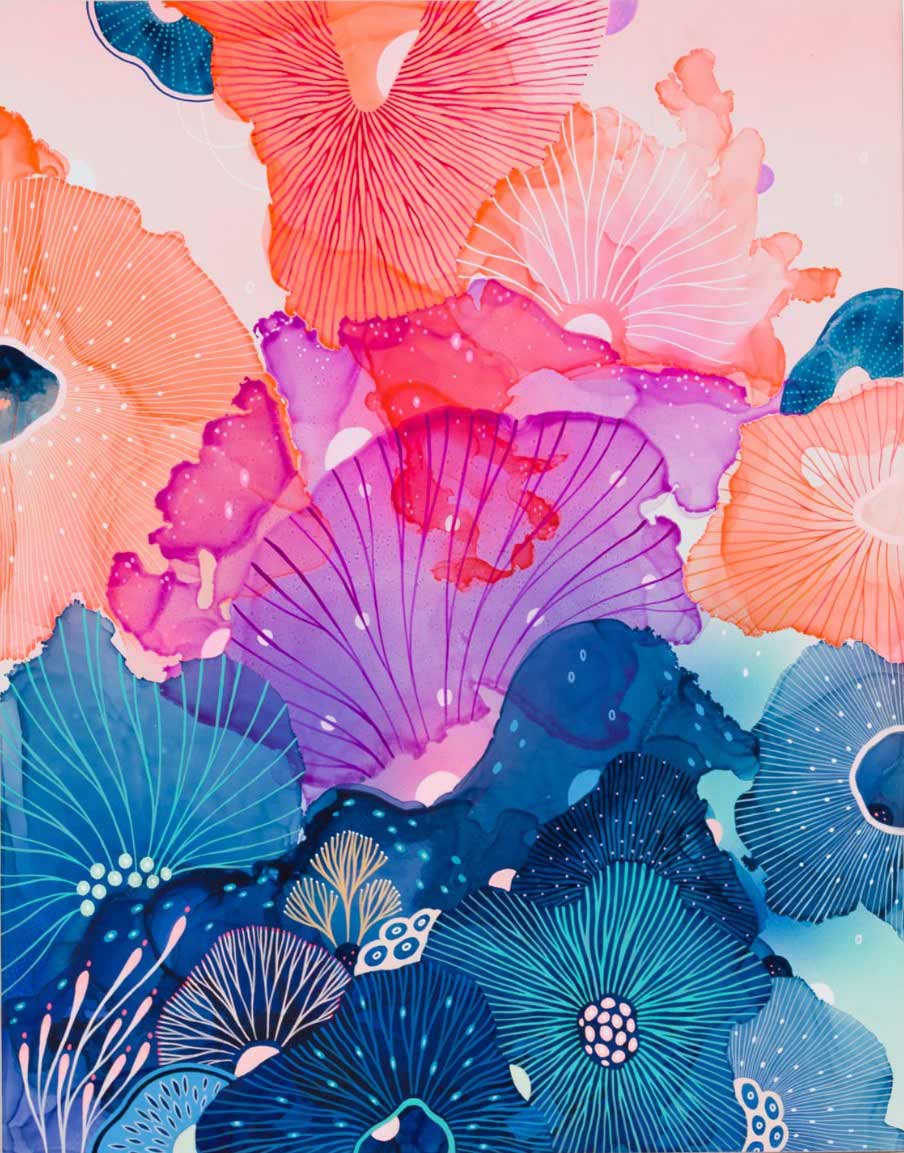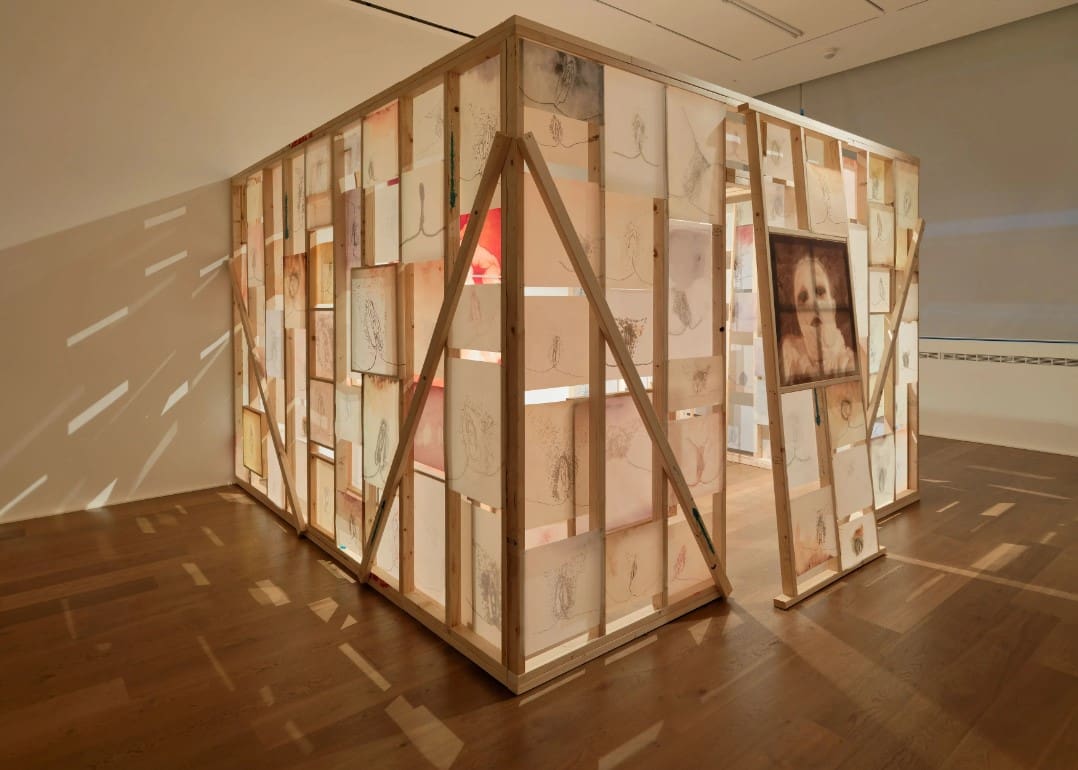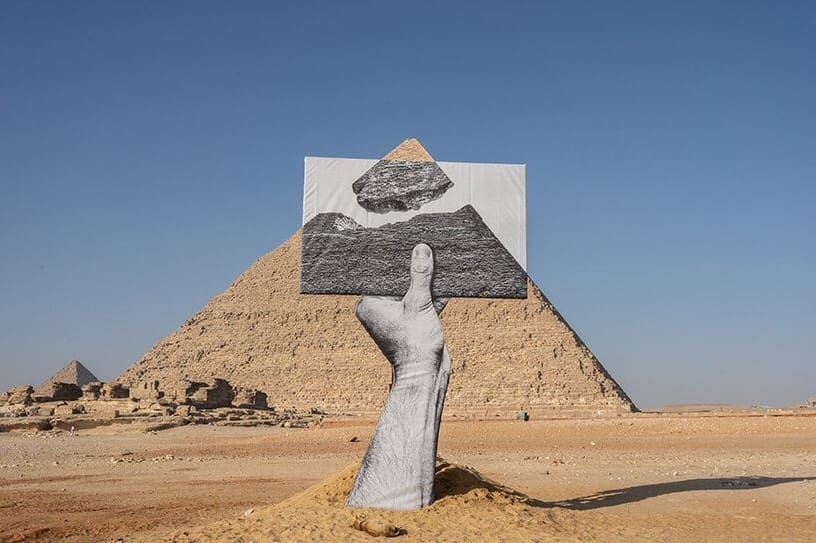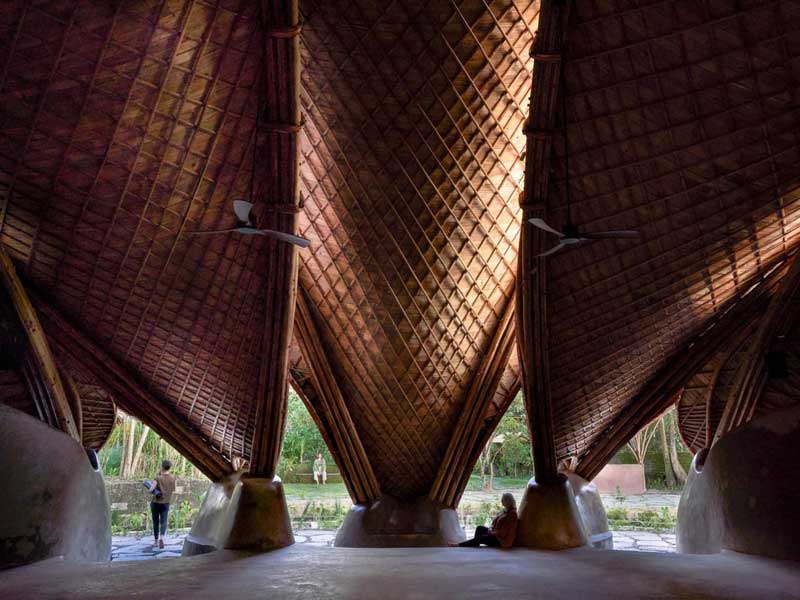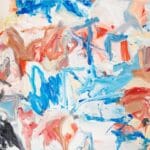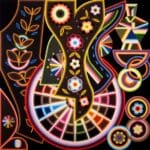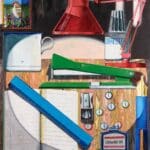Katsushika Hokusai’s Japanese woodblock print colloquially known as “The Great Wave” stands as one of the most famous and widely reproduced images in the world. The famed composition crops up on everything from mugs and notebooks, to scarves and umbrellas, and even appears on the emoji keyboard.
Created roughly between 1830 and 1832 during the Japanese Edo period, this print depicts three boats encountering a rogue wave of gigantic proportions, with Mount Fuji in the distant background. The work’s official title is Kanagawa oki nami ura, or Under the Wave off Kangawa, and it is the first print of the series “Thirty-Six Views of Mount Fuji”. It falls within the style and tradition of ukiyo-e, a genre of Japanese decorative art comprised of woodblock prints and paintings that frequently depict everyday people (often of lower social strata, like actors and courtesans) as well as landscapes, flora, and fauna.
Perspectives that float somewhere above the subject matter, flat planes of color, and precise and clear rendering are all common trademarks of the genre and remain identifiable as a distinctly historic Japanese aesthetic.
Featured image: Printing-block (woodblock). Outline block (omohan) cut for a modern fascimile (2017) reproduction of Under the Wave off Kanagawa by Katsushika Hokusai. © The Trustees of the British Museum.
Read the original article here… and return to share your comments on artistvenu below

